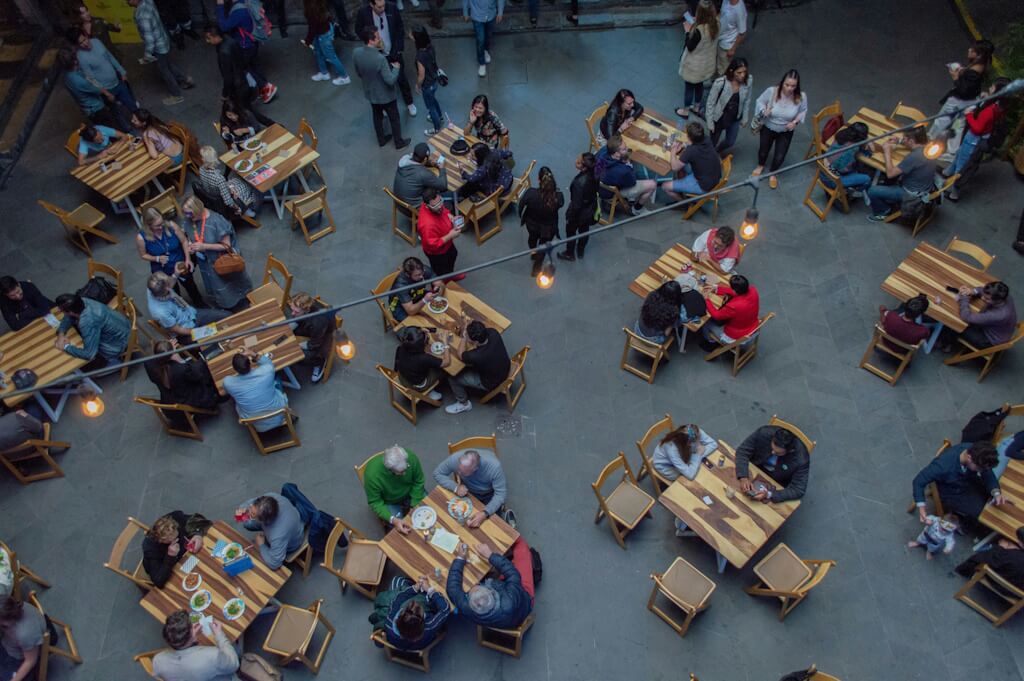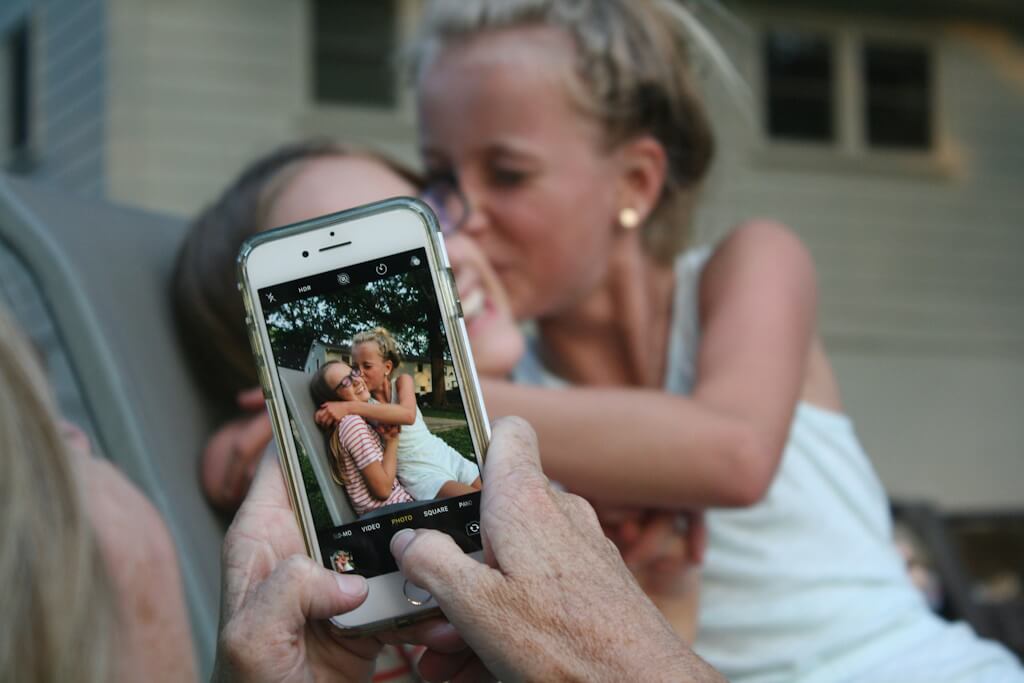For content creators and local business champions, harnessing the power of community through user-generated content (UGC) and local collaborations can be a game-changer in content marketing. These strategies can transform your brand from another business to a beloved local icon. It’s not just about increasing visibility — building lasting connections with the people who matter most to the company.
Let’s explore practical strategies for leveraging user-generated content and fostering local collaborations. You’ll learn how these approaches can boost your brand’s authenticity, deepen community engagement, and drive business growth. We’ll provide actionable tips and real-world examples to help you implement these powerful techniques in your content marketing efforts.
Why User-Generated Content Matters
People trust other people far more than they trust brands. That’s why UGC is so powerful. It’s like having the biggest fans do the marketing for you.
UGC brings an authenticity that’s hard to match with traditional marketing. It’s raw, real, and resonates with local audiences in a way that polished corporate content simply can’t. Plus, it provides a fresh perspective on the brand. Sometimes, customers see things about a business that might have been overlooked.
Here’s why UGC is so important:
- It builds trust: It’s far more convincing when potential customers see real people using and loving products or services than any ad.
- It increases engagement: UGC is like a catnip for audiences. They love seeing content from people just like them.
- It provides social proof: Nothing says “this business is awesome” like a flood of positive customer content.
- It saves time and resources: Customers create content, meaning businesses don’t have to do it all themselves.
- It gives insights into customers: UGC can show how people use products or services, which can spark ideas for improvements or new offerings.
Consider a local coffee shop that encourages customers to share photos of their coffee art on Instagram with a specific hashtag. This would provide a ton of great content to share and reveal that people are pairing pastries with specific coffee blends in unexpected ways. This would lead to some fantastic new menu combos that customers loved.
Getting the Community Involved

To get a local community fired up about creating content for your brand, it’s crucial first to understand the local audience. Diving into social media insights, running community surveys, or chatting face-to-face with your customers can provide valuable information. It is key to understand what makes them tick, what they love about the brand, and what content they enjoy creating and sharing.
Here are some ways to get to know your audience:
- Analyze your social media followers by looking at demographics, interests, and behaviors
- Use Google Analytics to understand your website visitors
- Conduct surveys or focus groups with your customers
- Pay attention to comments and messages received from your customers
- Attend local events and talk to people in your community
Once there’s a handle on your audience, it’s time to motivate them to contribute. Here are a few ideas to get you started:
- Run contests that encourage people to share their experiences with the brand
- Offer incentives like discounts or freebies for the best contributions
- Feature user stories prominently on the website and social media
- Create a unique hashtag that makes it easy for people to share and for the brand to find content
- Make it fun! The more enjoyable it is to create content for the brand, the more people will do it
Social media is invaluable when it comes to platforms. Instagram, Facebook, and Twitter are gold mines for UGC. But it shouldn’t stop there — integrating this content into your website through customer reviews, testimonials, and photo galleries is highly effective.
Making the Most of User-Generated Content
Once all this awesome content from your community is collected, it needs to be curated and moderated.
Not all UGC is created equal, and ensuring that what’s being shared aligns with your brand values and meets quality standards is incredibly important.
Here’s a quick checklist for curating UGC:
- Does it align with your brand values?
- Is it high-quality enough to share?
- Does it provide value to your audience?
- Is it authentic and genuine?
- Does it comply with platform guidelines?
Always get permission before using someone’s content; give credit where it’s due. People love seeing their content featured, but nobody likes feeling like their work has been stolen. A simple “Thanks to @username for this awesome photo!” goes a long way.
Once the content is curated, it can be used in various ways:
- Social media posts: Share UGC regularly on your social platforms.
- Blog content: Create roundup posts featuring the best UGC of the month.
- Email marketing: Include customer photos or testimonials in your newsletters.
- Advertising: Use UGC in your ads for a more authentic feel.
- Product pages: Feature customer photos alongside product descriptions.
- In-store displays: Print out UGC and use it in your physical stores.
Teaming Up with Local Influencers and Businesses

While UGC is fantastic, collaborating with local influencers and businesses can take your brand’s content to the next level. Start by identifying potential partners who share similar values and target audiences with you.
Here are some ways to find potential collaborators:
- Social media searches: Look for popular local accounts in your niche.
- Influencer databases: Use tools like BuzzSumo or Upfluence to find influencers.
- Local business directories: Check out your local chamber of commerce or business associations.
- Networking events: Attend local business meetups or industry events.
- Ask your customers: They might have connections or suggestions.
When reaching out to potential partners, it’s all about building mutually beneficial relationships. Be clear about what’s being offered and what’s being sought in return.
Some ideas that have worked well include co-hosting events, creating joint content, and cross-promoting each other’s businesses. For example, a local bakery could collaborate with a nearby coffee shop to create a “Weekend Brunch Bundle” — pastries from the bakery paired with coffee from the shop. They can promote it on their social media accounts and create buzz for both locations.
Creating Killer Collaborative Content
Once awesome local partners are found, it’s time to create killer content together. This could be anything from joint blog posts to co-branded videos, social media takeovers, or collaborative live local events. The key is playing to each other’s strengths and creating something valuable for both audiences.
Here are some collaborative content ideas to get started:
- A joint blog post or video series
- Co-hosted webinar or workshop
- Social media account takeovers
- Collaborative product or service offering
- Joint charity event or fundraiser
- Cross-promotion of each other’s content
- Co-created ebook or guide
- Joint podcast episode
When planning collaborative content, set clear timelines and ensure everyone knows their role. To keep everything organized, create a shared document or project management tool.
High-quality images and videos capturing local flavor can make the content pop. If there’s a lack of confidence in photography or video skills, consider hiring a local photographer or videographer. It’s an investment that can pay off in terms of content quality.
Getting Collaborative Content Out There
Creating great content is only half the battle — it must also be promoted. Social media is invaluable here. Tag your partners, use relevant hashtags, and engage with your audience to maximize reach.
Here’s a promotion checklist for collaborative content:
- Share on all relevant social media platforms
- Tag all partners involved
- Use relevant local and industry hashtags
- Encourage partners to share with their audiences
- Include in your email newsletters
- Write a blog post about the collaboration
- Consider boosting posts or running ads to increase reach
- Reach out to local media outlets for potential coverage
Remember cross-promotion, too. Share content across all partners’ platforms, leverage each other’s email newsletters, and reach out to local media outlets. Just make sure messaging and branding stay consistent across the board.
Measuring Success and Learning from Feedback
After all this awesome work with UGC and local collaborations, knowing if it’s working is important. Monitor key metrics like engagement, website traffic, conversion, and social media shares.
Here are specific metrics to track:
- Engagement rate on UGC posts vs. branded posts
- Number of user submissions (photos, reviews, etc.)
- Traffic to website pages featuring UGC
- Conversion rates on pages with UGC
- Reach and engagement of collaborative content
- New followers gained during and after collaborations
- Sales of any collaborative products or services
But numbers only tell part of the story. Gathering feedback from your audience and partners is crucial. Use surveys, ask for direct feedback, and keep an ear to the ground on social media. This insight is gold for improving future efforts.
Here are some questions to ask in surveys:
- How likely are you to participate in creating content for our brand?
- What type of content do you most enjoy seeing from us?
- How did you hear about our recent collaboration with [Partner]?
- What did you like most about our collaborative content?
- What could we improve in future collaborations?
Building Community Connections Through UGC and Local Collaborations
Getting started with UGC and local collaborations feels like a big leap, but the payoff is worth it. These strategies can help build brands that are truly connected to their communities.
There’s no need to wait. Start small, if necessary, but start somewhere. Engage with the community, reach out to potential partners, and watch as your content transforms from another marketing message to a true reflection of the local community.
Want help with local content?
Schedule a discovery call with RicketyRoo
and find out what we can create with you.



